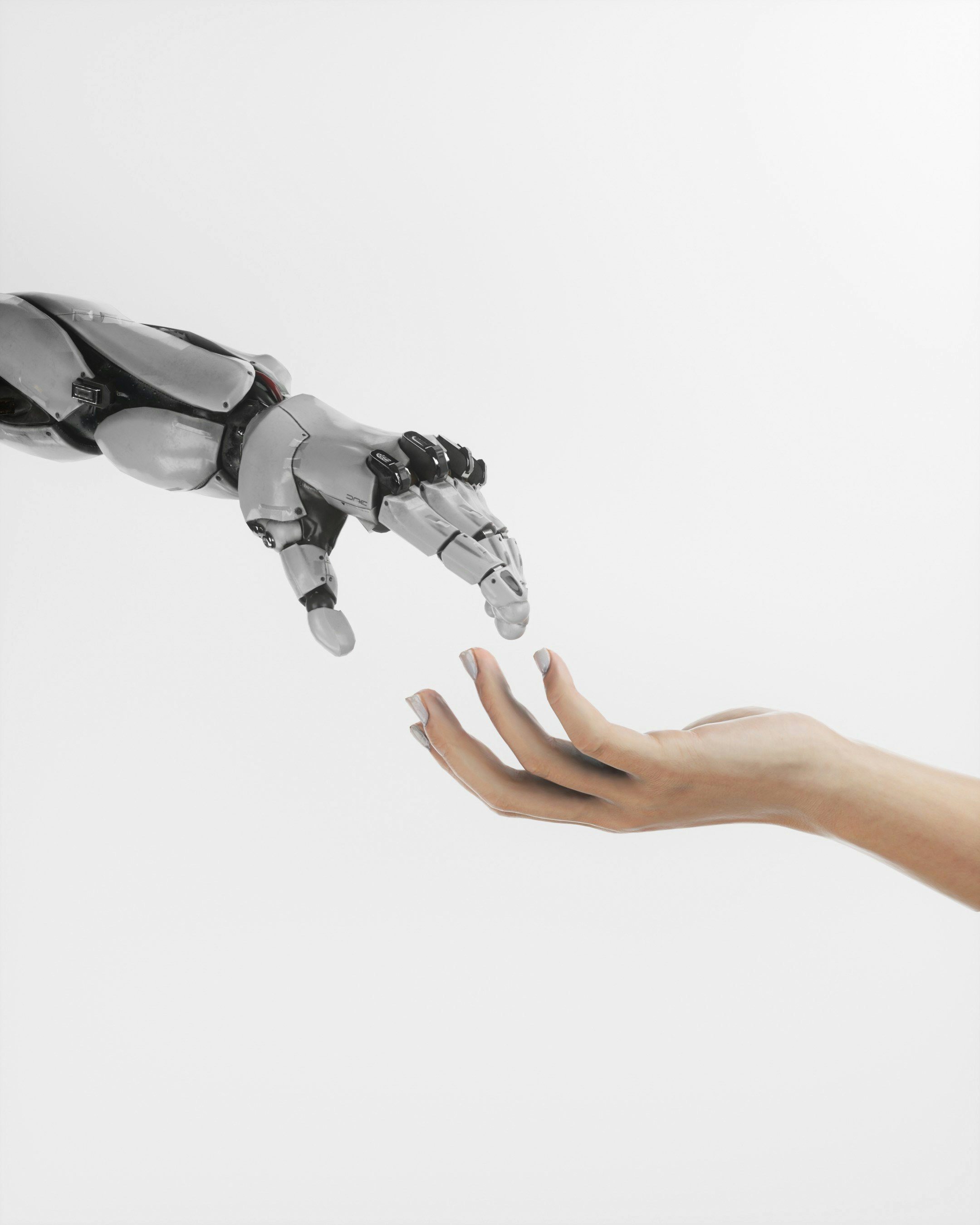Taking the Anxiety Out of AI





How to help employees overcome their fear of AI—and embrace it to do their jobs better.
Artificial intelligence (AI) isn’t the next big thing coming down the pike. It’s already here.
But that doesn’t mean workers are happy about it. Who can blame them? A 2023 report by Goldman Sachs predicted that AI could replace 300 million jobs. And even those jobs that won’t be eliminated are likely to change, maybe radically. This growing fear of AI, often described as AI anxiety, is reshaping the workplace.
Employers, on the other hand, are rushing to adopt generative AI technology to improve efficiency, cut costs and keep up with or move ahead of competitors who also appreciate the potential future of AI. And they want to see returns on their significant investments.
Both of these competing views of AI have merit, but they add up to one big challenge: Empowering workers to overcome their artificial intelligence fear and start using it for all its worth.
Experts agree workers’ AI anxiety is driven largely by their lack of familiarity and experience with the technology. They also say there are specific things organizations should do to minimize worker skepticism and fear.
Reinforce AI’s power to improve work
“A big part of the answer is helping employees understand AI, how it can contribute to their specific roles and where they can very uniquely add value,” says Jonathan Passmore, Senior Vice President at EZRA and a co-leader of a global study of more than 400 workplace coaches to determine their attitudes and responses to the threat posed by generative AI coaching.
“Our research points out that the more people understand about AI, both its strengths and limitations, the lower their levels of anxiety,” Jonathan says. “They even begin to see it as a tool that complements the work they do and helps them to amplify their strengths.”
Tracy Paukstys, an EZRA coach, also believes organizations should help their people become knowledgeable about AI and find ways to add it to their workflows.
“Instead of fearing AI, we need to learn about it and embrace it, and then determine how we can best use it,” says Tracy, who has incorporated AI into her coaching practice by encouraging her clients to use an AI chatbot and then reserving her face-to-face time with them to “go deeper” on important issues. She has also employed generative AI to help create first drafts of emails and other communications.
“It’s helpful to ask yourself, what opportunity could AI present to me?” she says.
Acknowledge AI’s shortcomings
It’s a fact: While AI is a powerful technology, it does have limitations.
“There are things AI does amazingly well and other stuff it does quite poorly,” Jonathan says. For instance, he says, as a writing tool, AI is excellent at helping generate title or headline ideas and producing first drafts. But it’s terrible at producing the final versions of written pieces. He also cites the commonly reported dangers of AI, such as hallucinations or misleading or false outputs.
Because generative AI is best viewed and used as a tool that workers can use and not as a threat to their jobs, as they gain experience with it, they begin to understand what they, as humans, contribute that a machine can’t replicate.
Jonathan sees that differentiation in terms of the value tied to human wisdom and experience. “There are certainly things humans do uniquely well and that matter a great deal. We think. We create. We build relationships with others. AI can’t do those things.”
Provide ongoing training
As AI continues to evolve, Jonathan says the process of educating employees on its capability should evolve, as well.
While workers need to be educated on AI and its capabilities and shortcomings, organizations should approach training their people on AI as a long-term, ongoing process.
“Education about AI is not likely to be a one-bullet solution,” Jonathan says. “Organizations will need to continue to educate their workforce, especially as we have no idea what form AI will take and what its true impact will be in the years ahead.”
Encourage ongoing experimentation
The more people use generative AI tools, the more ways they are likely to incorporate the technology into their jobs to become more effective and efficient.
“From a productivity standpoint, I think AI is immensely helpful because it can do a lot of routine things,” says Tracy.
In addition to using AI as a writing aid and a coaching partner, she has begun employing the technology to help her be more effective in her role.
“I ask AI how I could have coached an individual differently. It doesn’t always give me something helpful, but there have also been times when I was like, yeah, you know, that might have been a better approach.”
“I don’t fundamentally believe AI will replace human existence,” Tracy says, alluding to a commonly voiced fear people have of the technology. But she thinks the changes it can bring about should be embraced by workers, as well as by employers
“There’s an element of excitement in seeing what’s going to happen.”
For more leadership and workplace insights, check out the EZRA Asks podcast on most major podcast platforms.